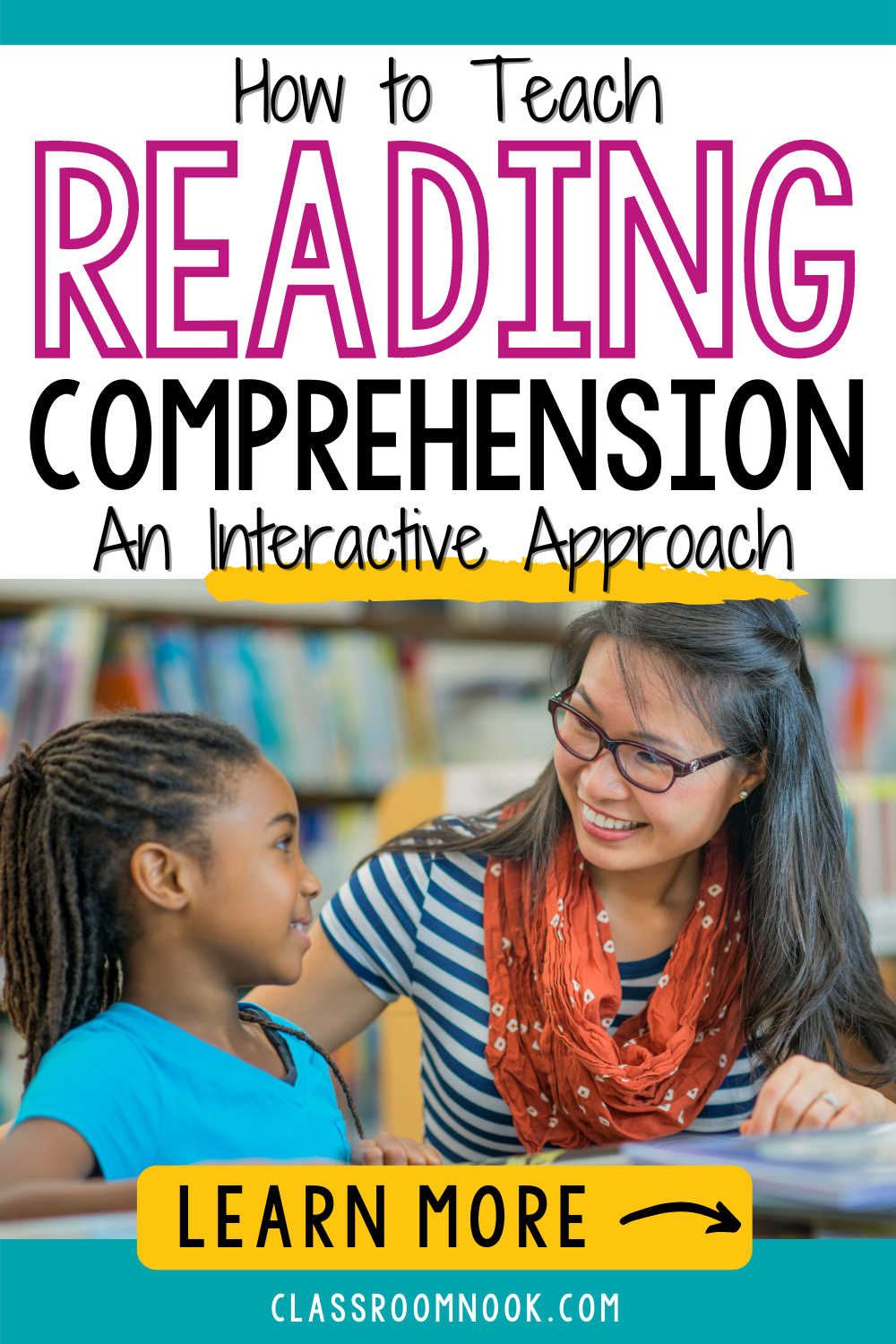Comprehension is a crucial aspect of learning that allows individuals to understand and retain information. Without strong comprehension skills, students may struggle to grasp concepts and apply them in real-world situations. In order to enhance comprehension, educators can implement a variety of instructional strategies that cater to different learning styles and abilities.
By using these strategies, teachers can help students develop their critical thinking skills, enhance their understanding of complex ideas, and improve their overall academic performance.
Instructional Strategies for Comprehension
One effective instructional strategy for improving comprehension is the use of graphic organizers. Graphic organizers help students visually organize information, making it easier for them to see relationships between concepts and understand the overall structure of a text. By providing students with graphic organizers, teachers can help them identify key ideas, make connections, and summarize information more effectively.
Another useful strategy is the use of think-alouds. Think-alouds involve teachers verbalizing their thought process as they read a text, allowing students to see how experienced readers approach comprehension. By modeling effective reading strategies, teachers can help students develop their own comprehension skills and learn how to monitor their understanding as they read.
Additionally, incorporating peer discussions into lessons can also enhance comprehension. When students engage in discussions with their peers, they are able to clarify their own understanding, hear different perspectives, and make connections between ideas. By promoting collaborative learning environments, teachers can help students deepen their comprehension and develop their communication skills.
Furthermore, providing students with opportunities for hands-on learning can improve comprehension. By engaging students in interactive activities, such as experiments, simulations, or projects, teachers can help them apply their knowledge in real-world contexts and deepen their understanding of complex concepts. Hands-on learning allows students to actively engage with the material, making it more meaningful and memorable.
In conclusion, improving comprehension is essential for academic success, and educators can play a key role in helping students develop this crucial skill. By implementing a variety of instructional strategies, such as graphic organizers, think-alouds, peer discussions, and hands-on learning activities, teachers can support students in enhancing their comprehension abilities and becoming more effective learners.
